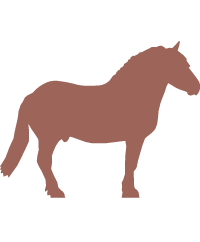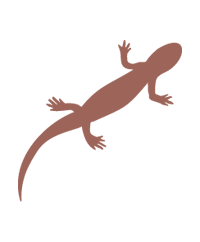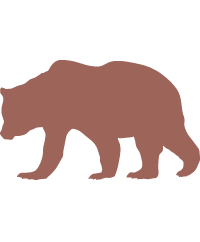

Discover the wildlife of Val d’Aran on a unique trail around Bossòst!
The area is dotted with different sculptures that invite you to get to know some of the most emblematic animals of our mountains. Each spot reveals intriguing facts, habits and the habitat of these species that share their territory with us. A fun, educational, family experience to reconnect with nature and appreciate the richness of our environment.

1. Catalan Pyrenean horse
Come on in. I’d like to introduce you to some of the inhabitants of the Val d’Aran’s forests and mountains.
I am a Catalan Pyrenean horse, a native breed that has adapted to the harsh mountain conditions, thanks to my sturdy build and my resilience. I have traditionally been put to work on farms and with livestock, and you may still catch me grazing in the alpine meadows of the Val d’Aran. I have played a key role in the local economy and landscape preservation.

2. Marmot
I am a very sociable mountain rodent and I live in well-organised family groups. During the warm months of the year, I stock up my energy reserves, so I can survive the winter in hibernation. I am easy to identify by my characteristic warning call, which I produce when I detect predators. In the summer, you will find me in alpine meadows at altitudes above 1,500 metres, often atop sunny rocks, where I can bask in the sun and keep a watchful eye on my surroundings.

3. Wild goat
I live in rugged mountainous areas, at elevations of up to 3,000 metres. My legs are adapted to allow me to move nimbly over rocks and along sheer slopes, and my flexible hooves enable me to walk over snow without sinking into it. During the winter, I come down to the woods in search of food, whereas in summer you are likely to find me on the highest peaks of the mountains.

4. Capercaillie
I’m one of the most emblematic birds of the Pyrenean forests. My wingspan can stretch to over a metre, and I’m a discreet species that’s difficult to spot. During the mating season, between May and June, the males have a very distinctive call to attract the females. I am a protected species because my population is in decline.

5. Boreal owl
I am a small nocturnal bird of prey that lives in the forests of Val d’Aran. I can adapt really well to cold environments and build my nests in the hollows carved out by black woodpeckers. I’m really hard to spot, and my song can be heard in the afternoons throughout the winter and spring. My presence is an indicator of the healthy state of the forests.

6. Golden eagle
I am a bird of prey at the top of the food chain. I can fly over vast distances, thanks to my wingspan of over two metres. I have incredible eyesight, and can spot prey from hundreds of metres above the ground.
My presence is a good indicator of the ecological abundance of the environment.
According to a saying, “when a pine needle falls in the forest, the deer hears it, the bear smells it and the golden eagle sees it”.

7. Pyrenean brook salamander
I am an amphibian endemic to mountain areas, where I live in cold, crystal-clear lakes, rivers and streams, where there are eddies. My presence is crucial in assessing the state of our aquatic ecosystems, making me a bioindicator of environmental quality! I am currently a protected species because of the loss of my habitat and alterations caused by climate change, factors that affect my survival and distribution.

8. Brown bear
I am one of the largest mammals in the Pyrenees, and I have a very distinct seasonal cycle. In the autumn, I fatten up to spend the winter in hibernation. In the spring, I leave my den to replenish my energy and ensure the survival of my young. In the summer, I look for a mate, and the cycle begins all over again. I am omnivorous, and my diet includes fruit, roots, honey, insects, and occasionally certain mammals. My presence in Val d’Aran is part of a conservation project to ensure my survival here.








